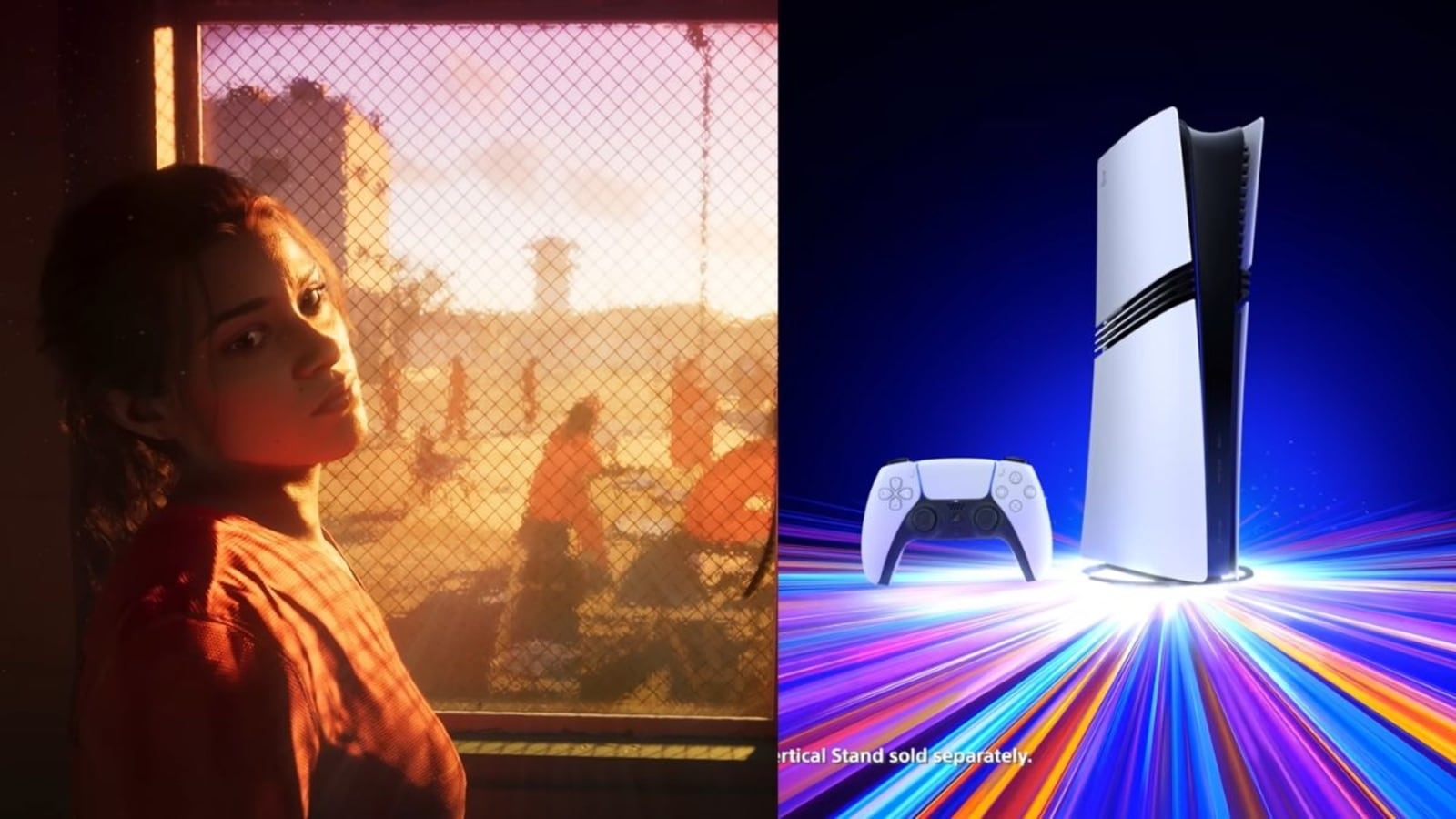At Rolo’s, a restaurant in Ridgewood, Queens, the bar director Tony Milici recently flirted with the idea of putting a blue drink on the cocktail menu. At the same time, he was treating special guests to a Ramos gin fizz, one of the most revered drinks in the cocktail canon. Then, an idea struck: Why not combine the two?
The result was Sacrebleu, a blue riff on the gin fizz, made with rum, velvet falernum and blue curaçao. Was there part of him that felt sheepish about sending such a dignified drink into the world in a sapphire suit? “I slept just fine knowing I made the Ramos gin fizz blue,” he said.
Craft cocktail bartenders have seemingly gotten over any high-minded reservations about blue drinks, as they’ve begun slowly appearing across menus in the past few years. They have even produced a few quasi-famous new drinks, such as the Gun Metal Blue, at Porchlight in Manhattan, made with the citrus-based liqueur blue curaçao, like most blue drinks.
“The blue curaçao now is well made,” said Christine Wiseman, the beverage director at Bar Lab Hospitality who recently put a blue mai tai variation on the menu at LilliStar, a new rooftop bar set to open soon at the Moxy Williamsburg. Blue coloring “doesn’t take away from the integrity of the cocktails,” she said.
Shannon Mustipher, a spirits educator who wrote “Tiki: Modern Tropical Cocktails,” attributes the trend to the popularization of tropical drinks and 1990s nostalgia. “People want to have a fun time at a bar,” she said. “They’re OK with things being a little kitschy.”
Lindsay Gardner, a media producer who is a regular at Rolo’s, orders the Sacrebleu often. “I love a blue drink,” she said, adding, “I don’t know if it feels like a tiki drink, but Tony’s version just feels a little more elevated.”
While blue curaçao is the most common way to make a drink blue, it’s not the only way. The Sunken Harbor Club’s blue zombie gets its color from organic blue-green algae powder and food coloring.
For Temple Bar’s blue Negroni, Sam Ross, an owner, tried a few techniques to strip the color from red-pink Campari, but they didn’t yield the best results. So he blended colorless bitters until he achieved something close to the taste of Campari and added a few drops of blue food coloring. He calls it “Kampari.”
Mr. Ross also said some customers at Temple Bar, taking their lead from the blue Negroni, started ordering another drink on the menu, Rome With a View — typically made with Campari, dry vermouth, lime juice and sugar — with the imitation blue “Kampari.”
“We called it Rome With a Blue,” he said.
























